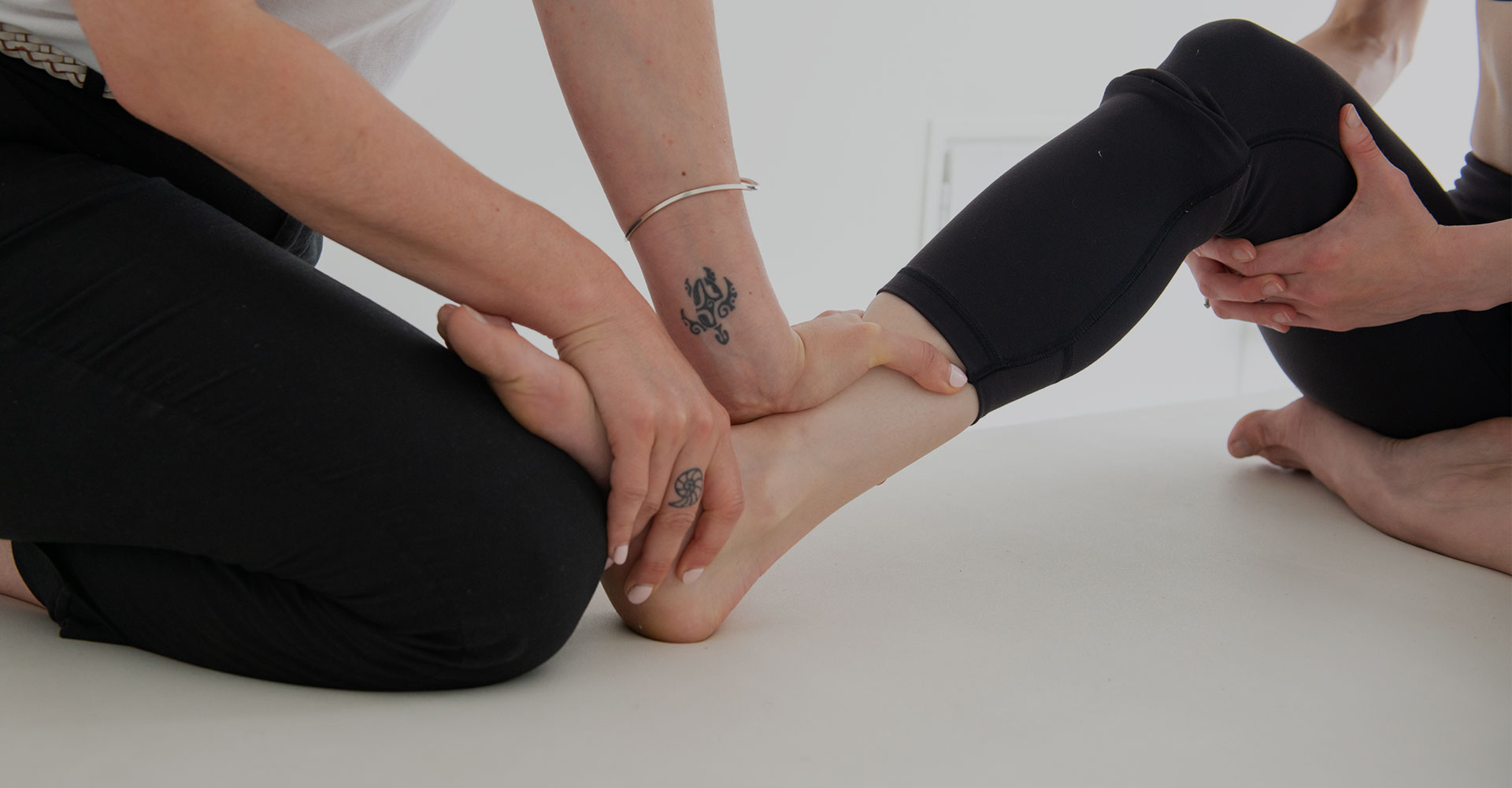05 Nov Piriformis syndrome

Neuromuscular condition characterized by hip and buttock pain.
Very often symptoms are similar to lumbar radiculopathy and can be misdiagnosed by the clinicians.
Syndrome can occur more frequent for people in their 40-50’s. Statistically piriformis syndrome occur in 5-36% of patients.
Some of symptoms take place because of local inflammation and contraction caused by compression on this muscle.
This mechanism cause pressure primary on sciatic nerve but we need to consider also artery, vain and nerve -gluteus inferior, -pudendus inferior and nerve cutaneus femoralis posterior (all of them are located in foramen infrapiriformis). Very importans is also to check foramen suprapiriformis in palpation to consider problem with artery, vain and nerve gluteus superior.
Because of anatomical location of piriformis m. and it’s contraction all those structures can be under great stress and give pain and different symptoms.
Piriformis syndrome symptoms:
- pain in sitting or standing for longer than 15min
- radiating pain through buttock, back of thigh and to knee (no need to occur at once)
- pain improves in walking though very painful at start
Piriformis muscle general info:
⇒ Innervation: – Sacral Plexus, L5-S4
⇒ Arteries: – Gluteal superior artery
– Gluteal inferior artery
– Prudendal artery
⇒ Action: – hip extension
– hip external rotation
– hip abduction



